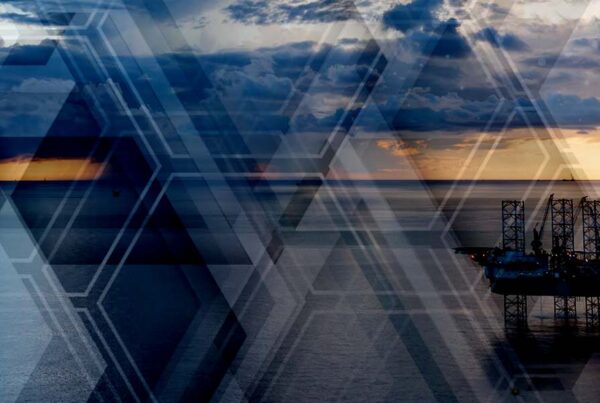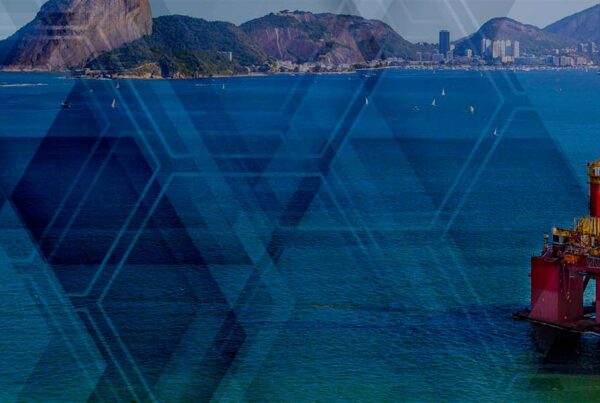East Africa has experienced a massive rise in gas reserves since 2009 as a result of extensive deepwater drilling campaigns by a host of large independents and international oil companies (IOCs) in Mozambique and Tanzania. Anadarko’s Windjammer-1 well in Mozambique’s offshore Romuva basin marked the start of a flurry of activity in the region. Douglas-Westwood’s (DW) World Drilling & Production Market Forecast shows that over the following five years some 83 offshore exploration wells were drilled in Mozambique and Tanzania – many in ultra-deepwaters (>1000 m). The resulting discoveries have seen Mozambique and Tanzania’s combined proven gas reserves increase 40-fold from 739 million boe (barrels of oil equivalent) in 2010 (ENI Oil & Gas Outlook) to 29.5 billion boe over 2010 to 2015.
Following the Windjammer-1 wildcat, Anadarko went on to make a further eight commercial discoveries in Mozambique. The most notable of these are the Prosperidade and Golfinho-Atum deposits, set to be developed using a ‘subsea-to-shore’ production system with 31 subsea wells producing to the onshore Afungi liquefied natural gas (LNG) facility. DW expects first gas from this project in 2019, with the likelihood of a go-ahead from Anadarko improved by the company collating non-binding contracts for 80% of its 246 kboe/d export capacity.
ENI have taken a different approach to developing its Mozambican gas finds. With no nearby infrastructure and its key Coral and Mamba discoveries located in water depths up to 2,300 m, the company has opted for a floating LNG (FLNG) solution. DW expects two of the potential four FLNG vessels to be producing by 2021, with combined output amounting to 96 kboe/d by this point. ENI’s development will require 38 ultra-deepwater subsea wells to be drilled over 2018-2021.
Over the border in Tanzania, BG Group’s Pweza-1 wildcat in 2010 signalled the start of the country’s own gas reserves increase. This was quickly followed by two finds from the Chaza-1 and Chewa-1 wells in the same year. Along with five subsequent discoveries, these fields are now the subject of a development concept study with the preferred option likely to be two TLPs producing to an onshore LNG facility co-owned with Statoil.
Statoil’s own exploration campaign in its operated Block 1 was also hugely successful, uncovering seven finds in recent years and booking 4.2 billion boe in gas reserves. These are likely to follow a similar development plan to Anadarko’s in Mozambique, with a several tie-backs to shore. However, due to indecision over the site of the onshore LNG plant as well as uncertainty over Asian LNG demand, DW does not expect either company’s plans to be realised until post-2021.
Mozambique and Tanzania have experienced large gains in offshore gas reserves in recent years, however, the two countries are at very different stages of development. DW predict Mozambique’s deepwater gas in-development projects will see production reach 469 kboe/d by 2021, up from just 71 kboe/d in 2015. Tanzania’s future is less certain, with final investment decisions yet to be taken at a time when such decisions are being delayed due to low commodity prices. Production will remain at around 60 kboe/d for the forecast period with only small additions from onshore projects as well as Orca Exploration’s development on Songo Songo Island.





